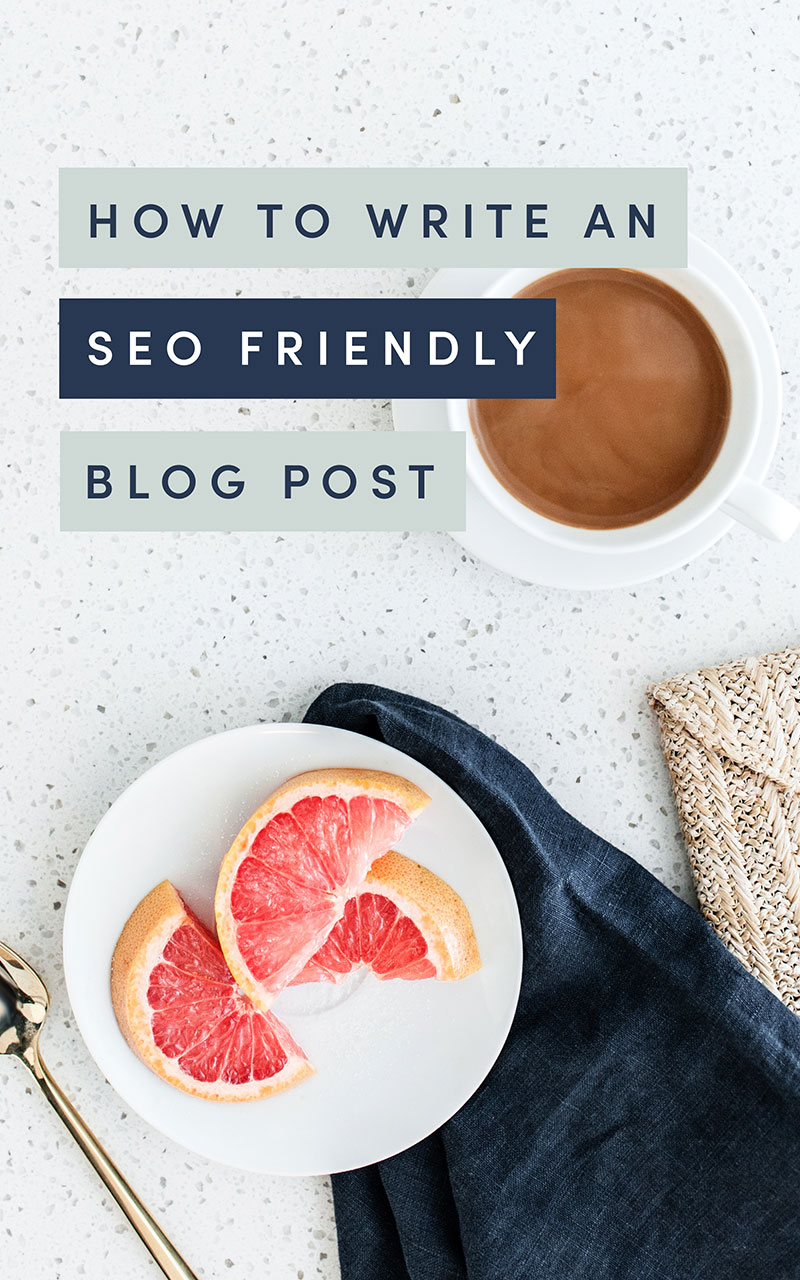
So you’ve started a blog and created amazing content that needs to be shared with the world, but you’re still not getting the traffic you should be. Sound familiar? Yeah, we’ve been there. You’ve heard it a million times: content is king. And yes, creating high-quality content is critical for SEO, but I’m here to tell you that simply hitting the publish button on your blog post and closing your laptop probably isn’t going to cut it. Before you start banging your head on your desk listen up because I have good news. Actually writing the content is the hard part, so if you’ve gotten that far you’re ahead of the game (go you!). The easy part is taking a few extra steps to get the most out of that content that you’ve spent your precious minutes (er, hours) writing.

Here are 13 blog optimization best practices that, when put into practice, can dramatically improve your organic traffic and time-on-site. Give them a try and let us know if you see the needle move on your website metrics!
- Use an SEO-friendly title (with your keyword near the front, when possible).
- Repeat the blog title in your blog post copy, but only if you can do so naturally.
- Make sure variations of your keyword appear in your post but are not “stuffed”.
- Use subheadings, or h-tags (h1, h2, etc.), to break up content. You can think of the h-tag hierarchy like an outline of your content. In WordPress, Wix, Squarespace, and other popular content management systems, you have the option to highlight and apply a heading tag just as easily as you would highlight and bold a word or phrase in your text.
- Include internal links to other relevant pages and past blog posts on your website using keyword-rich anchor text for the page you’re linking to.
- Include a call-to-action button or link at the end of the post so your readers never hit a dead end.
- Credit anyone who should be and link to their website (photographers, vendor partners, etc.)—but make sure to set external links to open in a new tab.
- Style/format blog copy so the information is easy to skim and digest. Using bulleted lists and visuals are two effective ways to break up content so it’s more visually appealing to the reader.
- Assign your blog post to its relevant category.
- Use a short, keyword friendly URL or “slug”.
- Don’t forget to optimize the metadata (title and meta description). This is the information that the user sees in the search engine results, so it should summarize what the post is about and compel the user to click through to your website. Tip: try including your target keyword in both the title and the description. If you’re using WordPress, an SEO plugin like Yoast SEO makes this process simple!
- Add image alt tags and titles to all images—this is how search engines know what the picture is of.
- Resize and compress images for the web before uploading, as to not slow down your site with overly large file sizes. For example, I always resize my blog images to 1200 pixels wide (maximum), and then run them through a free image compressor like Website Planet’s to reduce the file size. Note: jpeg files are much smaller than png files, so try to limit your blog images to jpeg files only.
Still feeling a little overwhelmed? We offer blog optimization training with all of our website design packages, so you are empowered to take your online presence to the next level. Click below to view our services. We can’t wait to help.






